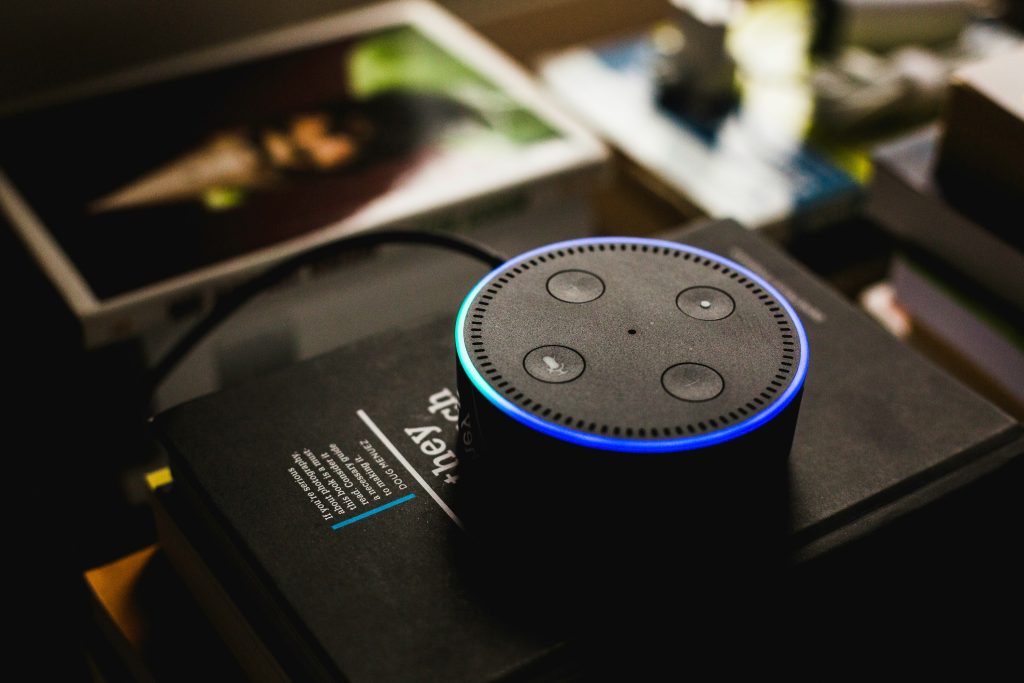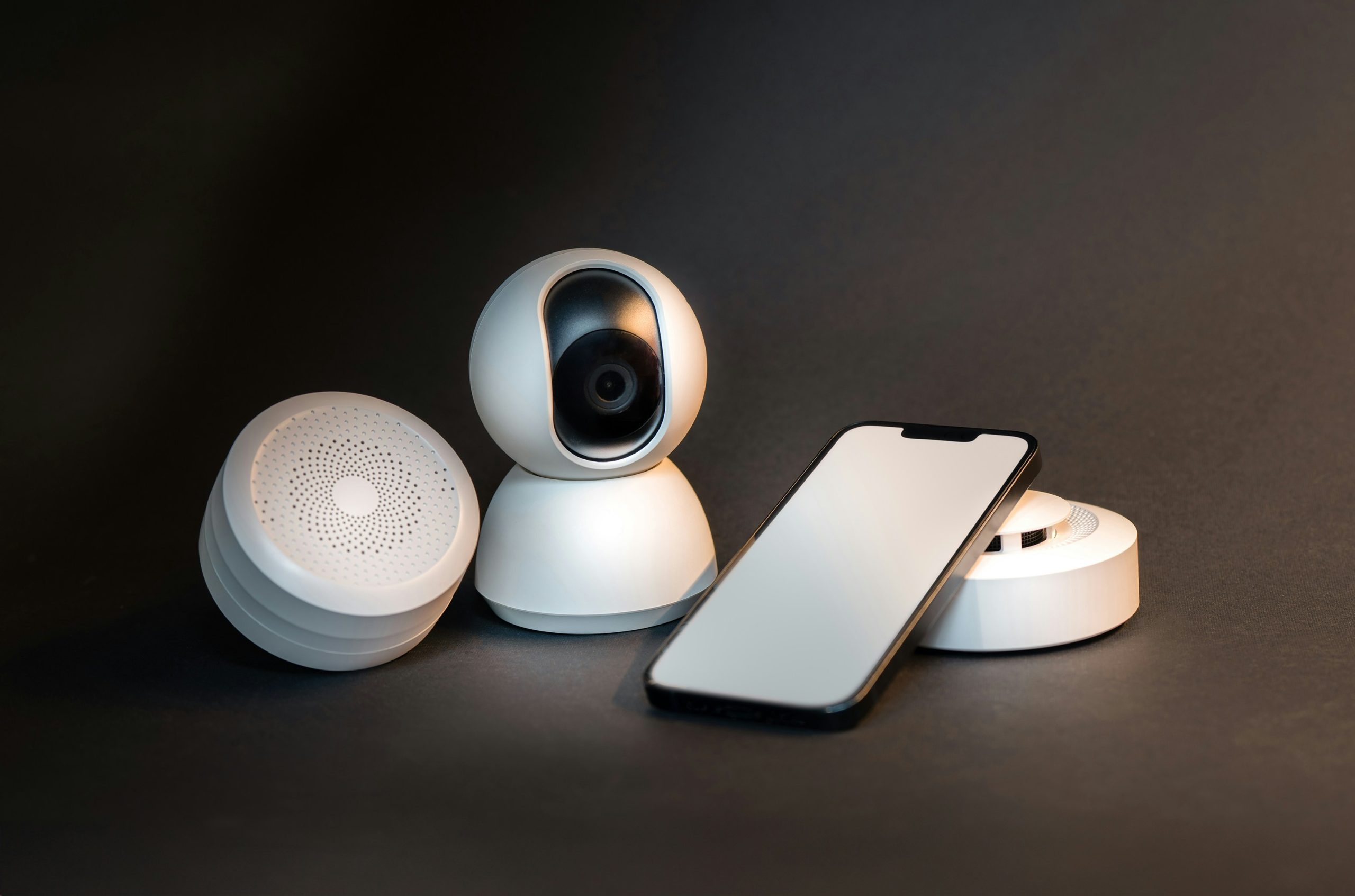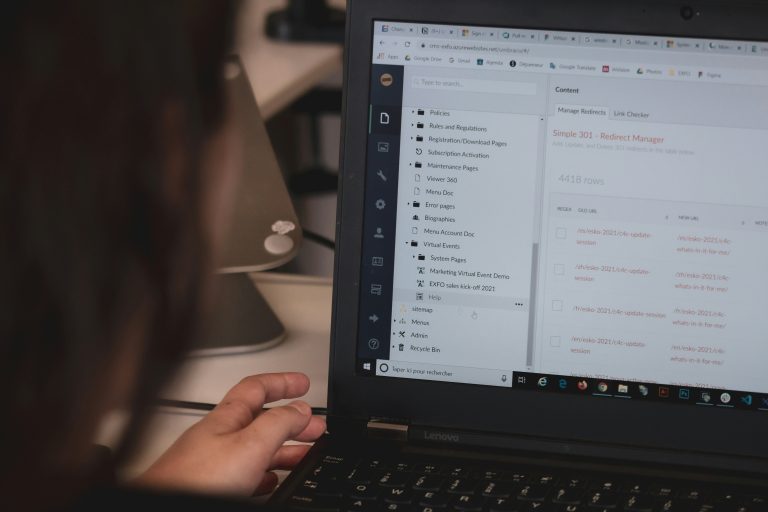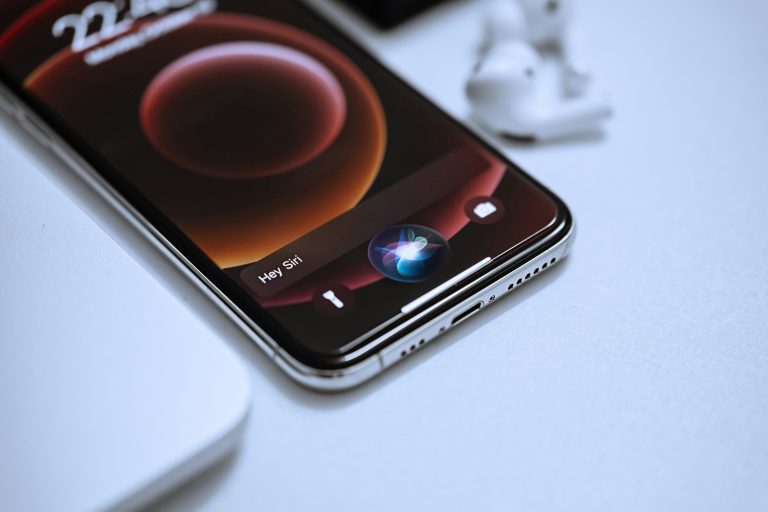Privacy in the Age of Smart Devices: Are We Being Watched?
2 What Are “Smart Devices”?
Any internet-connected device that collects and transmits data qualifies:
1 Smart speakers (e.g. Alexa, Google Home)
2 Smart TVs
3 Fitness trackers and wearables
4 Home security cameras
5 Smart thermostats, fridges, lights, and appliances
6 Connected cars
They bring convenience, but also data collection at a level we’ve never seen before.
3 How Smart Devices Collect Data
These devices gather data through:
1 Microphones & Cameras – voice commands, ambient sound, and sometimes even video
2 Motion Sensors – detect movement, patterns, and behaviours
3 GPS & Location – track where you are and where you go
4 Wi-Fi/Bluetooth – identify nearby devices or networks
5 Usage Logs – every command, interaction, and behaviour gets recorded
Even when you’re not actively using them, many smart devices are always listening or passively collecting data.

4 Where Does the Data Go?
Most data gets sent to:
1 Cloud servers (Amazon, Google, Apple, etc.)
2 Third-party advertisers or data brokers
3 App developers
4 In some cases, governments or law enforcement (via subpoenas)
Many smart device ecosystems rely on data monetization as a business model.
5 Real-World Privacy Incidents
1 Amazon Alexa recorded private conversations and mistakenly sent them to contacts.
2 Ring Cameras had vulnerabilities allowing strangers to access live feeds.
3 Smart TVs from brands like Vizio and Samsung were found tracking what users watched—even when privacy settings were enabled.
4 Roomba vacuums captured and leaked images from users’ homes.
6 What Are the Risks?
1 Surveillance capitalism: Your data is used to predict and influence your behaviour.
2 Data breaches: Hacked devices = leaked private info (audio, video, location, routines).
3 Domestic surveillance: Some abusers use smart devices to track partners or family members.
4 Normalization of surveillance: Constant monitoring becomes socially acceptable—or worse, invisible.

7 How to Protect Yourself
Privacy Hygiene for Smart Devices:
1 Review & disable unnecessary features (like voice history or facial recognition).
2 Use local storage (if possible) instead of cloud-based storage for cameras.
3 Regularly update firmware to patch vulnerabilities.
4 Change default usernames/passwords (especially for IoT devices).
5 Segment your home network: Put smart devices on a separate guest network.
6 Mute mics or cover cams when not in use.
7 Read privacy policies (or summaries) before installing apps or devices.
Bonus tip: Use a hardware firewall like Firewalla or a Pi-hole to block unwanted tracking at the network level.
8 Are We Being Watched?
Yes—by companies, algorithms, and sometimes cybercriminals.
But awareness = power.
You don’t have to ditch all your devices—but you should understand how they operate and take back control of your data.
The Bigger Picture
We’re living in a “post-privacy” era, where technology is outpacing regulation.
The challenge for 2025 and beyond is to build smarter systems that respect privacy, and demand transparency and control as consumers.






